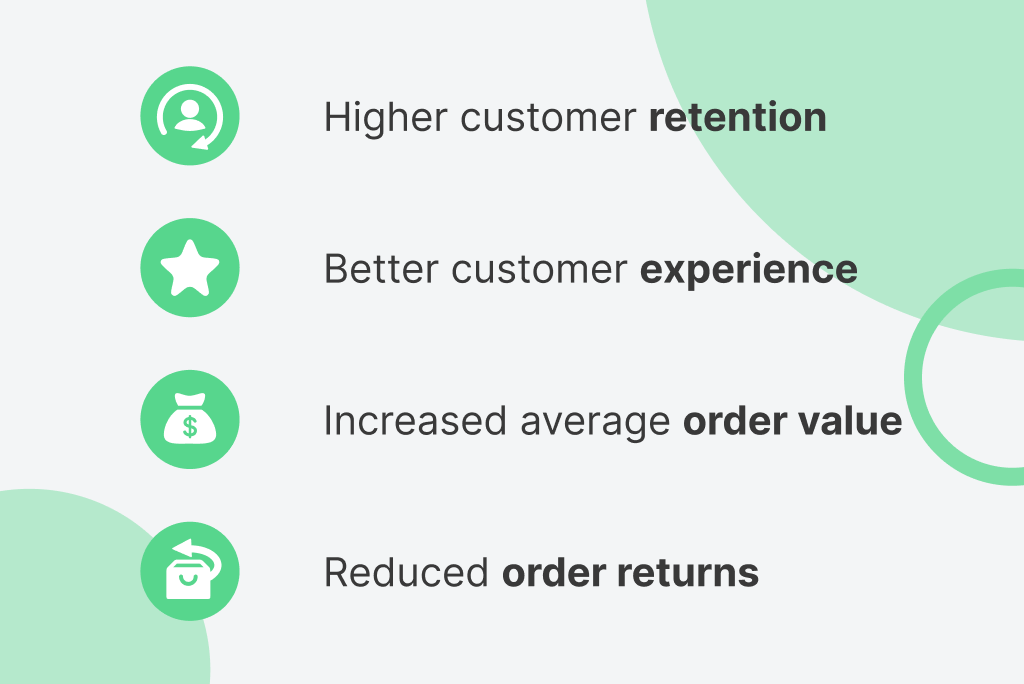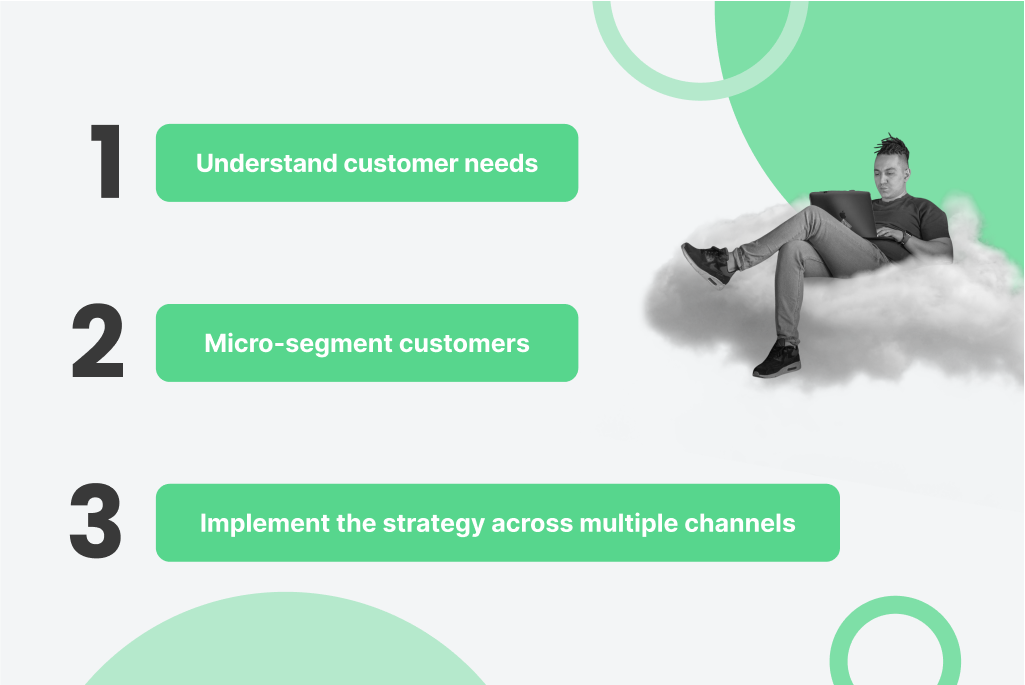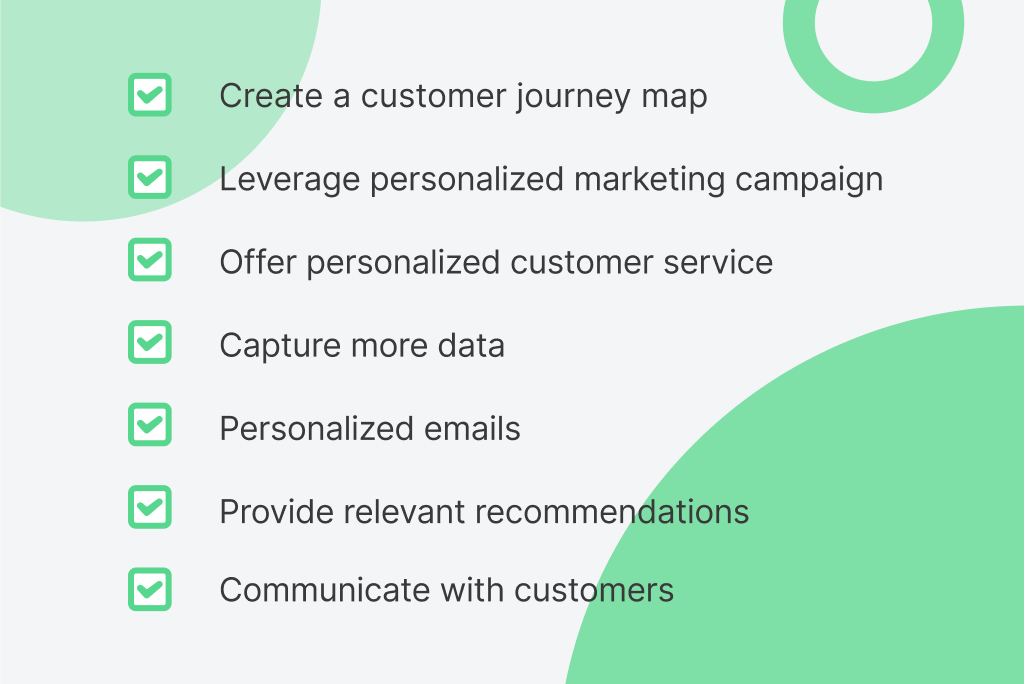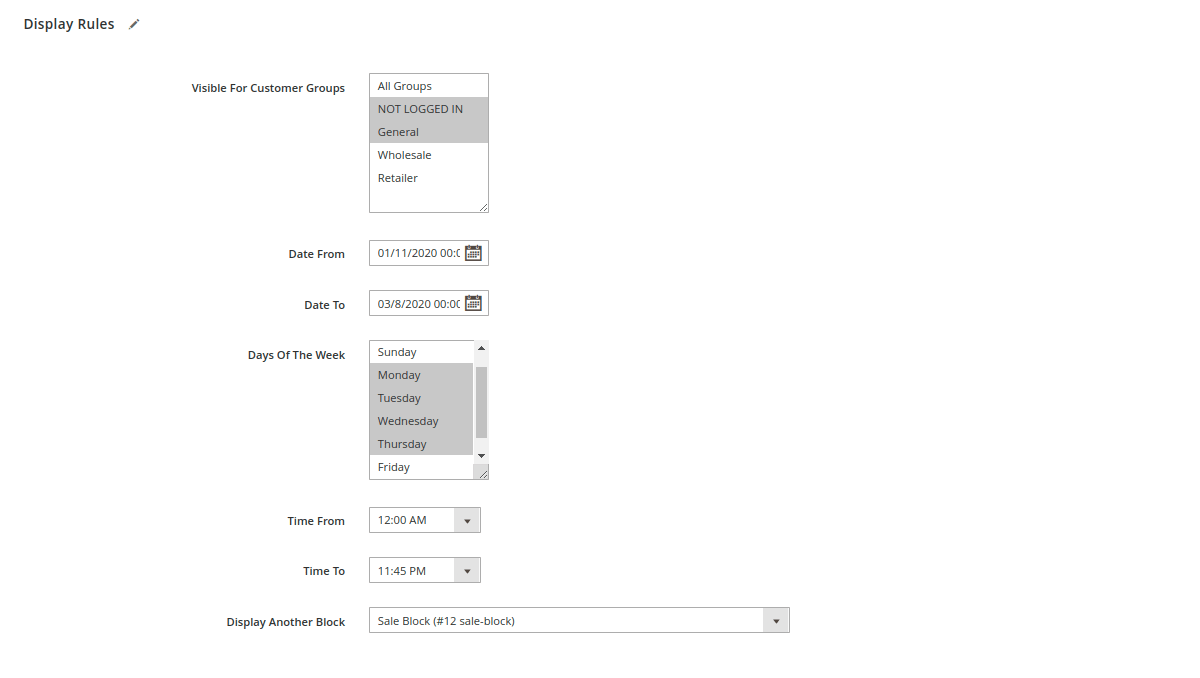In the fast-paced world where customer experience has become a new brand identifier, there is nothing that attracts customers more than a personalized experience.
It is no longer enough to deliver offers on the “who purchased this also purchased that” basis. Customers seek unique messages and experiences catered to their unique needs, expectations, and tastes.
In fact, 80% of consumers are more likely to purchase from a business that provides a personalized experience while 46% even get annoyed when it is not personalized.
Considering that customer expectation has risen sky-high in the last few years, businesses should consider improving their personalization marketing to drive growth and retention.
In this guide, you’ll get insights into what defines personalization, why you need it, and what are the best approaches and tips to deliver personalized experiences.
What is Personalized Customer Experience and Why Do You Need It?
Personalized customer experience refers to the strategy of developing products, services, and relationships that cater to customers’ individual and unique needs and expectations. In the era of the empowered customer, personalization is like a breath of air businesses need to survive, for 2 reasons:
- Personalized experience builds trust: even a short personalized message shows your customers that you’re ready to pay attention to their needs and understand their desires.
- Personalization improves customer engagement: people are more likely to engage with your brand if you reach out with a personalized offer at the earliest stages of a customer journey.
Regarding this, even greeting by name in the email or support chat can have a huge influence on your customers’ experience. However, that’s just the tip of your personalization strategy.
Customer Personalization Strategy
To move into a new chapter of customer experience you need to have a stellar customer personalization strategy. Here is your answer on what to start with:
Understand customers needs
One of the first things you need to understand is that all of your customers are unique. Not all of them follow the same rules or have the same intentions when purchasing from you. So, the key to a better customer experience is understanding their needs.
Analyze customers’ reviews about your products and those of competitors. Gather data on what they are posting about your business. Last but not least 一 communicate with your customers, conduct polls and surveys. It is delivering a personalized experience already since you ask them how they feel about the products and services they receive.
Micro-segment your customers
Relying on a traditional top-down segmentation is a relic of the past and, though it goes hand in hand with personalization, it is not the same thing. Segmenting your customers into groups of people with similar interests doesn’t work anymore. The data analytics available now allow you to microsegment a customer to address their needs.
If someone’s looked up some of the cheapest sports gear, it doesn’t mean they are value shoppers, same as if someone purchased male hoodies doesn’t mean they won’t buy some female stuff too. You should focus on micro-groups to deliver the best possible value.
Implement your strategy through multiple channels
In the online environment, there are multiple channels through which people can and will reach out to your brand. One of the most important things to remember if you want to make an impression is to deliver the same level of value on all of the channels you’re available through.
Organize your data in a way to be able to provide a seamless experience through email, phone, chat, social media, and any other medium.
It would be a disaster if you addressed a customer by name and with a personalized note about his last purchase, but didn’t even greet them in chat or by phone. Don’t you agree?
Even the slightest mistake can spoil the impression you’ve worked so hard to build up.
Better Customer Experience Checklist
Once you have micro-segmented your customers and defined their main expectations, you can level up your marketing strategy to stand up to those expectations.
So, here are the most important things to do:
-
Create a customer journey map
Every stage customers go through on your website – from the first time they land in your store to the first purchase and anything in between – is a customer journey funnel. It also includes all possible interactions customers have with your website.
Mapping customers’ journey allows you to make improvements, adjust your strategy, identify customers’ needs and pain points more effectively. It allows you to personalize your offers and service to each individual at any stage of the journey.
-
Leverage personalized marketing campaign
Every customer wants to feel unique and receive special treatment regardless of the website or situation. If you can satisfy this need, you can create an environment people want to come back to.
Personalized marketing campaigns and sale offers not only encourage your existing customers, they drive leads and turn them into potential customers. A great example is the content display rules software you can use to display relevant content to a relevant audience based on multiple conditions.
-
Offer personalized customer service
Customer service is one of those things that actually make a business stand out, considering the variety of similar products and services. Imagine how it will change your brand in the eyes of your customers if you add a personalized touch to it.
The ideas behind personalized customer service are simple but actionable. Just remember to:
- Greet your customers by name
- Provide personalized self-help resources like blogs, knowledge bases, or FAQs pages
- Offer multiple ways customers can contact you though for better communication
-
Capture more data
To be able to provide a personalized customer experience you need data. Though customers are afraid of sharing too much personal information with you, they are willing to share in exchange for a stellar experience. However, their home address and the number won’t help you much here.
Consider analyzing what pages your customers spend most of their time on, what channels do they come to your website from, what might make them go to your competitor, etc. Most of the relevant data is not something your customers can directly provide you with. Customer relationship management is where you’ll get the most of it.
-
Personalize your emails
Email marketing is not dead and it doesn’t show any signs of declining. It is one of the most important communication channels between your store and customers. However, for it to bring results and play its role in your sales campaigns you need to personalize it.
Increase click-through rates and convey the message better with the sales offer, self-help resources, videos, or invitations to online events.
-
Provide relevant recommendations
Your desire and ambitions to sell some of the “top-selling” items to everyone is not going to play off well on a broader scale. Customers want you to offer products and services that match their interests and needs.
In this case, trying to push them into buying something they don’t actually need will only discourage them from any further interactions with your brand. Make sure to avoid generic recommendations in customer accounts or emails.
Does someone look some product up often, but never make a purchase?
Encourage them with the reward point system.
Does someone purchase the same products regularly?
Offer them a discount or add a free gift to cart.
Opportunities are limitless. You just have to take that extra effort to provide a personalized experience to every customer: new and existing.
-
Communicate with your customers
It might be the last thing you think of when trying to improve customer experience, but you can always ask your customers about it. They are people whose experience you want to personalize, so why don’t ask them in the first place?
You’d be surprised, but they can give you a lot of valuable insights on what they’d like to see improved. You can ask for those insights during the customers’ journey, on social media, or through other mediums.
What’s Next?
There is no one-size-fits-all approach to personalized customer experience since it is called “personalized” for a reason. Your website is a unique place offering unique products and services to a unique audience.
It is simply impossible to tell which of these tips will work best for you and you surely don’t need to apply all of them at once. As long as your strategy is focused on delivering the best service and targeting customers’ needs and interests, your business will flourish.








